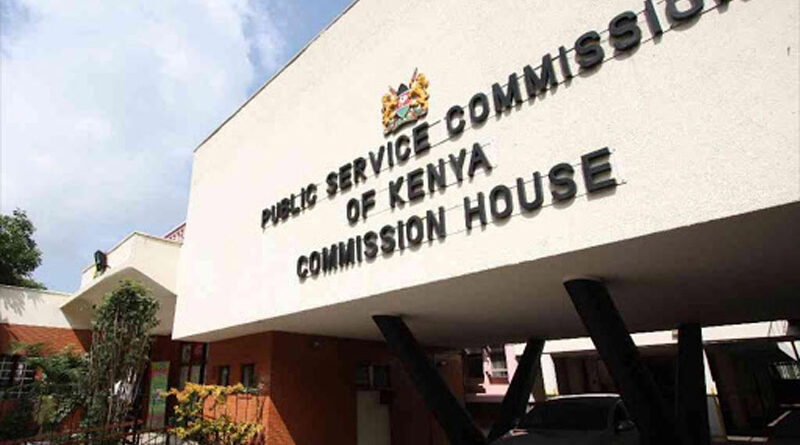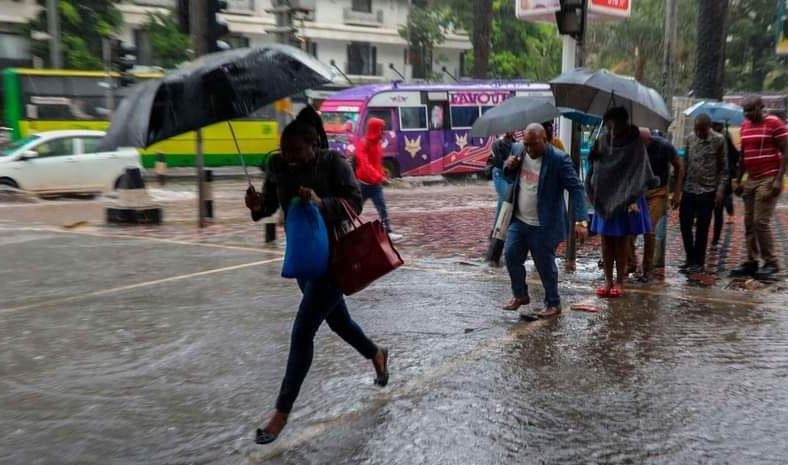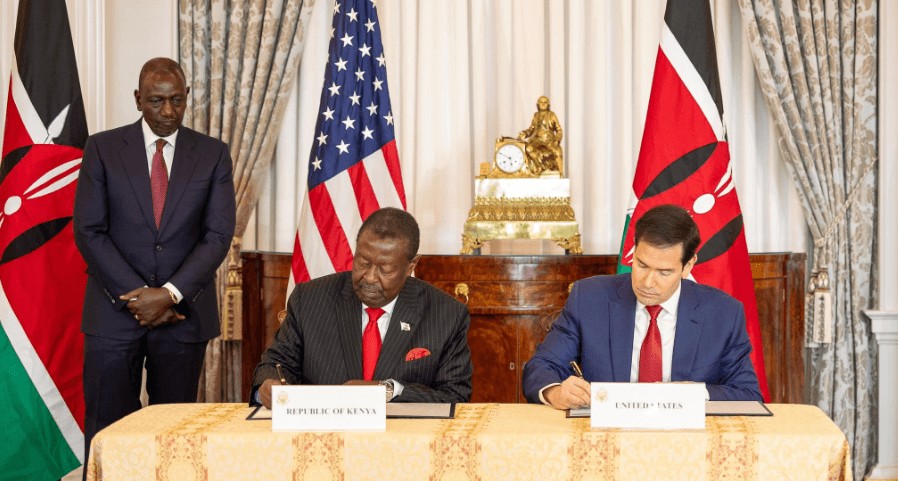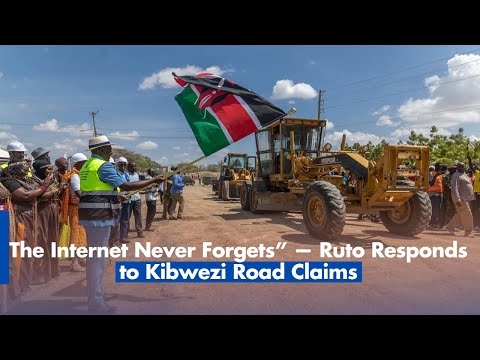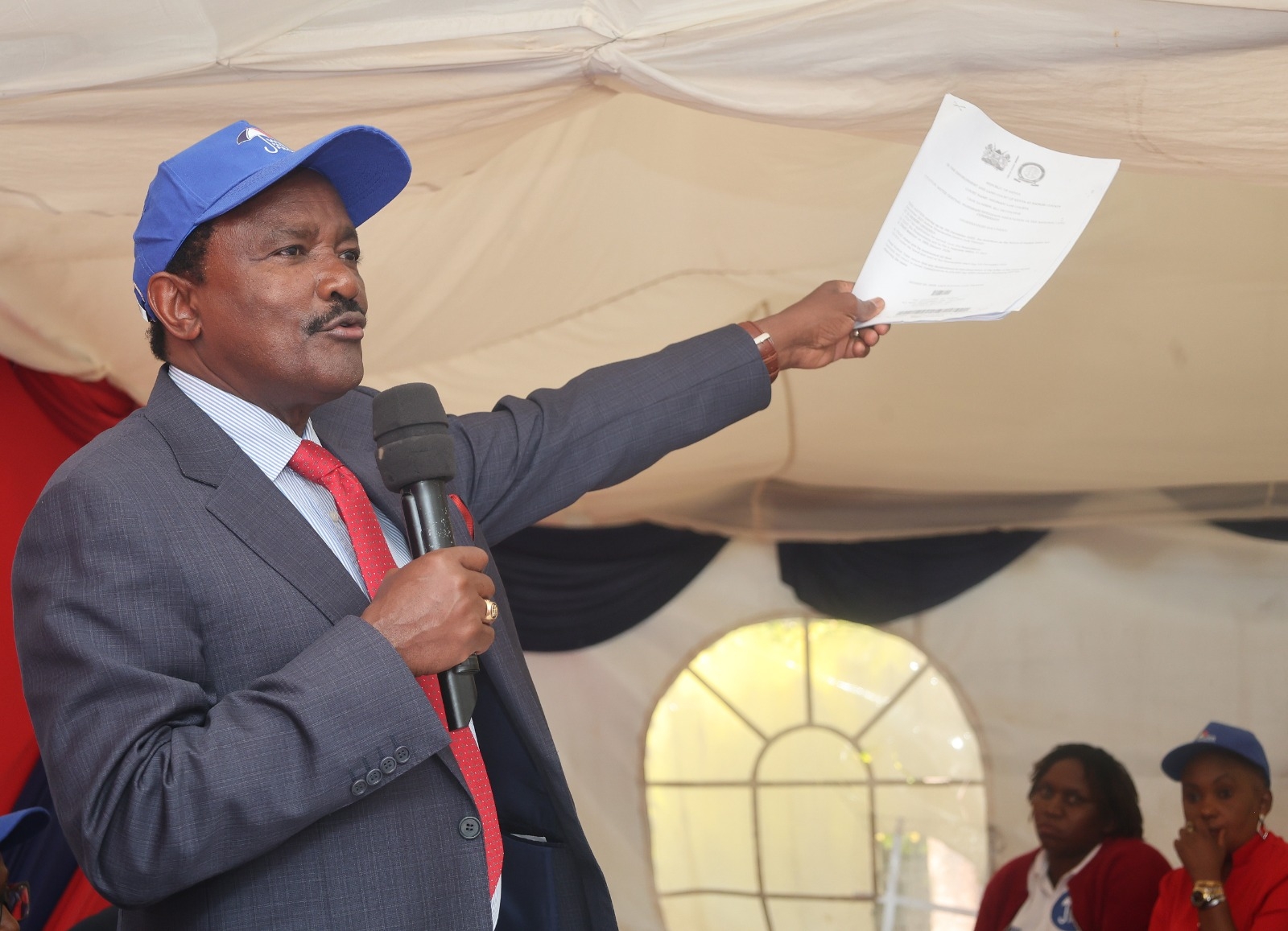The Nairobi Metropolitan Service zone has seen enormous growth in real estate to accommodate the growing population. Unfortunately, in a bid to reap big, some investors take shortcuts to cut down costs leading to collapsed buildings and massive loss of lives and property.
On November 15 last year Kenyans woke up to the sad news of people trapped in a collapsed building at Kasarani, Nairobi. This is just one of the numerous cases reported. The problem is compounded by contracted engineers who do not conduct preliminary studies of the soil at the construction site. We then end up with mega buildings standing on very shaky grounds, which can best be described as ‘death traps’.
But investors can avoid these death traps by following regulations and having a firm grasp of earth science.
Earth science, through geotechnical studies, equips designers and engineers with information on site properties. These construction experts should conduct on-site studies and laboratory tests to understand the soil’s strength, saturation levels, grain sizes, soil types and consistency, among other physical properties. They must also conduct chemical studies or tests to know the mineralogy of site materials prior to construction works.
Studies show the NMS zone has phonolites, tuffs, trachyte rocks subdivisions and uniquely expansive clay. Geophysics studies, namely MASW, Resistivity, and Radar, help to better understand soil and rock lithology consistency, depths, seismic property and degree of compactions for later improvements.
Additionally, on-site tests such as Standard Penetration Tests and cone penetration characterise the ground strength. Core drilling is done at selected points to determine soil strength for either deep or shallow foundations.
Laboratory analysis should be done to understand the ground strength (bearing capacity). Collected samples should be analysed in a multistage process to determine the direct and indirect properties of soils and rock.
Tests include the Atterberg test for liquid, plastic and shrinkage limits. The oedometer determines consolidation on loading, while the unconfined compression test, direct shear test, and triaxial shear tests help to understand soil’s behaviour under different loading. Water content and conductivity are determined within the prementioned tests.
Ground stratum layering tends to be inconsistent. And loading resulting from construction can cause buildings to collapse. But adequate groundwork can prevent catastrophic failures. Understanding the nearby environmental condition is essential because most of the loading forces are distributed to the nearby soils and structures. Even with a good foundation, weak surroundings may lead to building failures.
Studies show Nairobi and Kiambu areas have clays rich in kaolinite, which demands care when designing foundations. Proper ground treatment and right foundation design are therefore key. This is because even after a site is drained and buildings are constructed, the rise of water during rainy seasons or drainage leaks cause the clay to absorb water and shrink.
Further, Kiambu and Nairobi are in the subtropical area endowed with saturated soils or rock. For instance, gravel and sand absorb water faster due to high permeability resulting in drained strength and good bearing capacity. But clay takes in water slowly due to poor permeability resulting in soils' undrained strength and low bearing capacity. Understanding soils, therefore, will help select the correct bearing capacity.
Inadequate preliminary studies can give a higher bearing capacity than a site's strength capability. As water drains into clay and the ground readjusts to accommodate the loading, settling or liquefaction can occur, resulting in foundation failures. Ignoring laboratory analysis to save money, therefore, is detrimental.
The increased building failures within NMS can therefore be mainly attributed to negligence. It’s time the National Construction Authority and other agencies enacted measures to verify submitted reports before issuing permits. NCA officers should visit construction sites regularly for quality checks to stop investors and contractors’ greed.
Award-winning and professionally trained geological engineer and geoscientist with diverse knowledge and experience working in local and international enterprises in marine, oil & gas, mining and engineering fields for private and government. He holds a degree from UoN and Masters from the University of British Columbia


